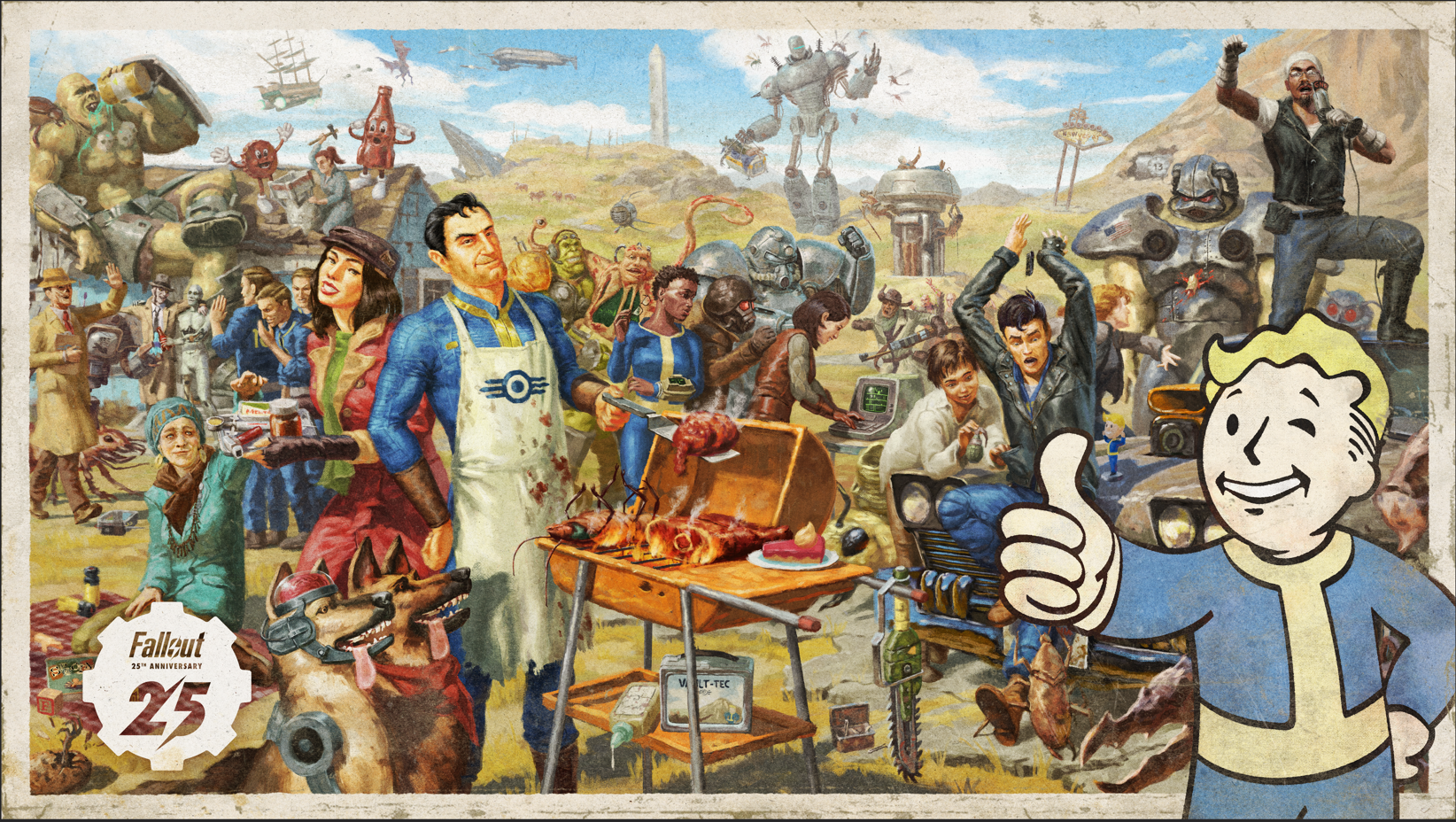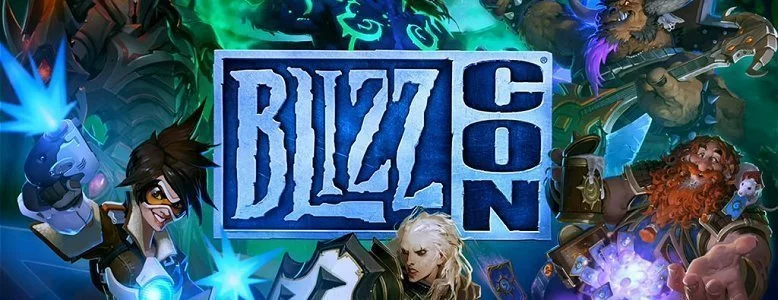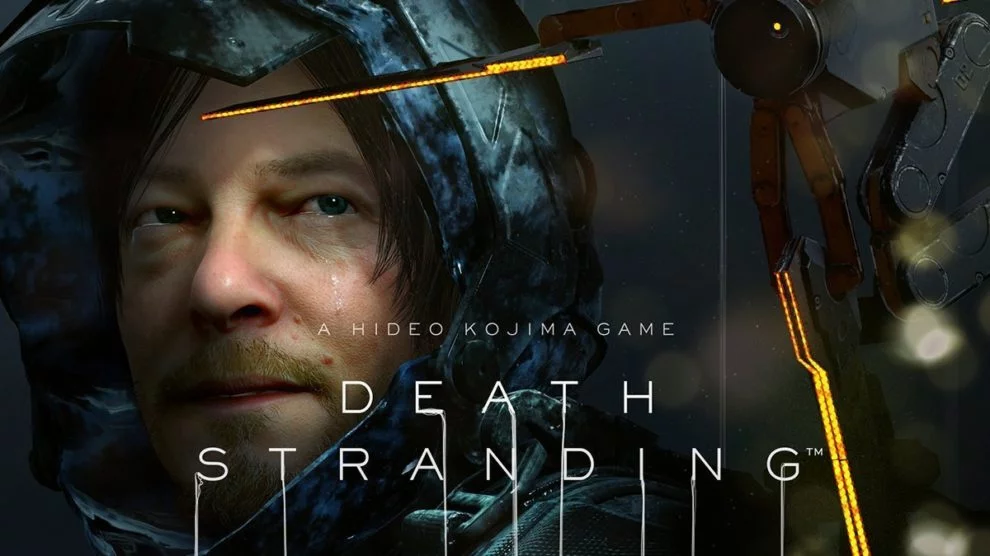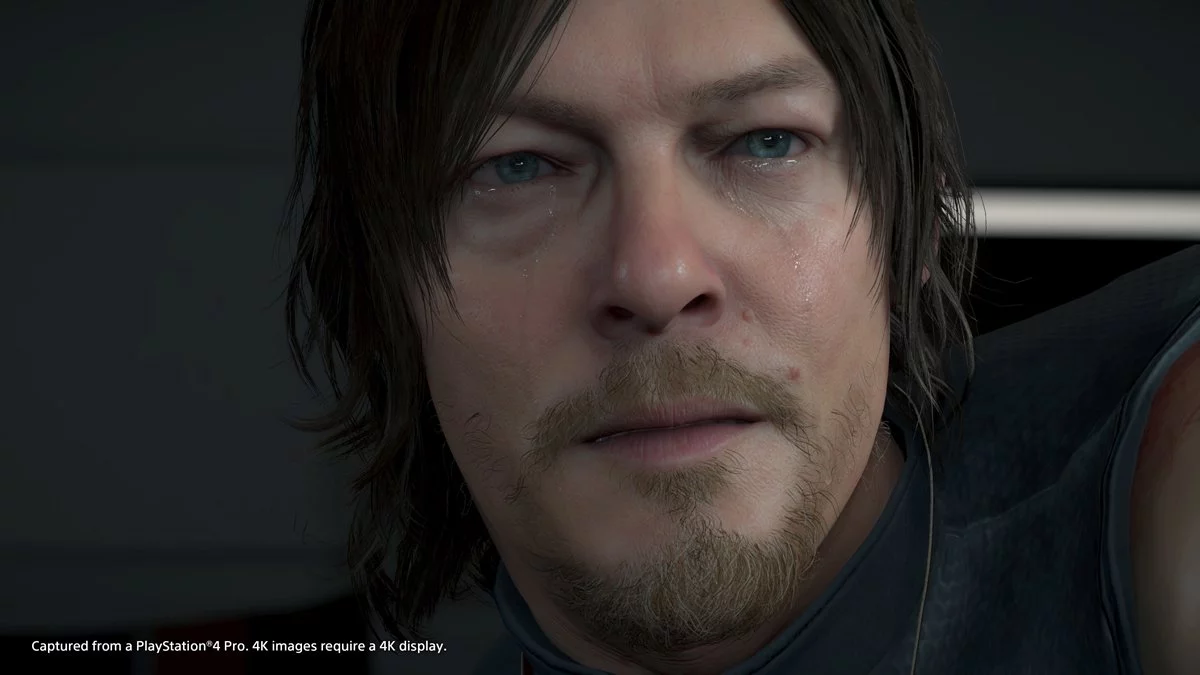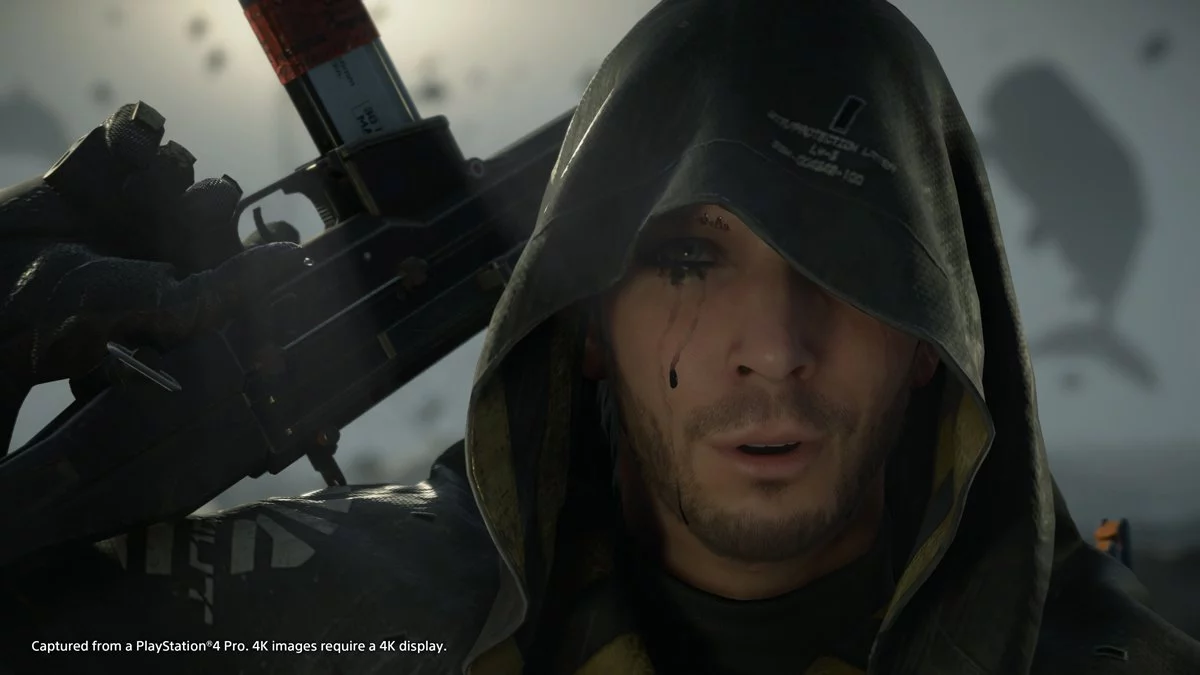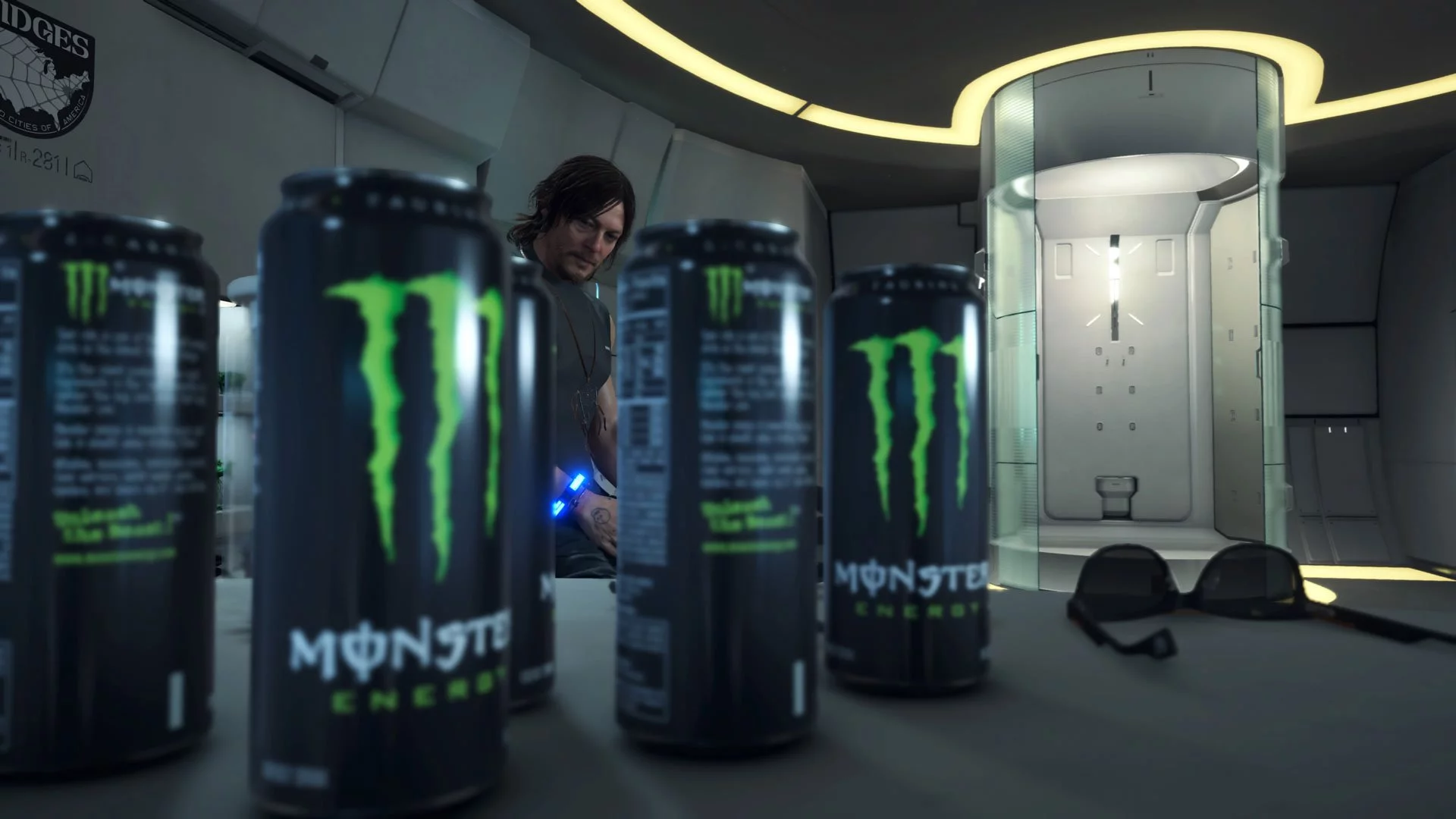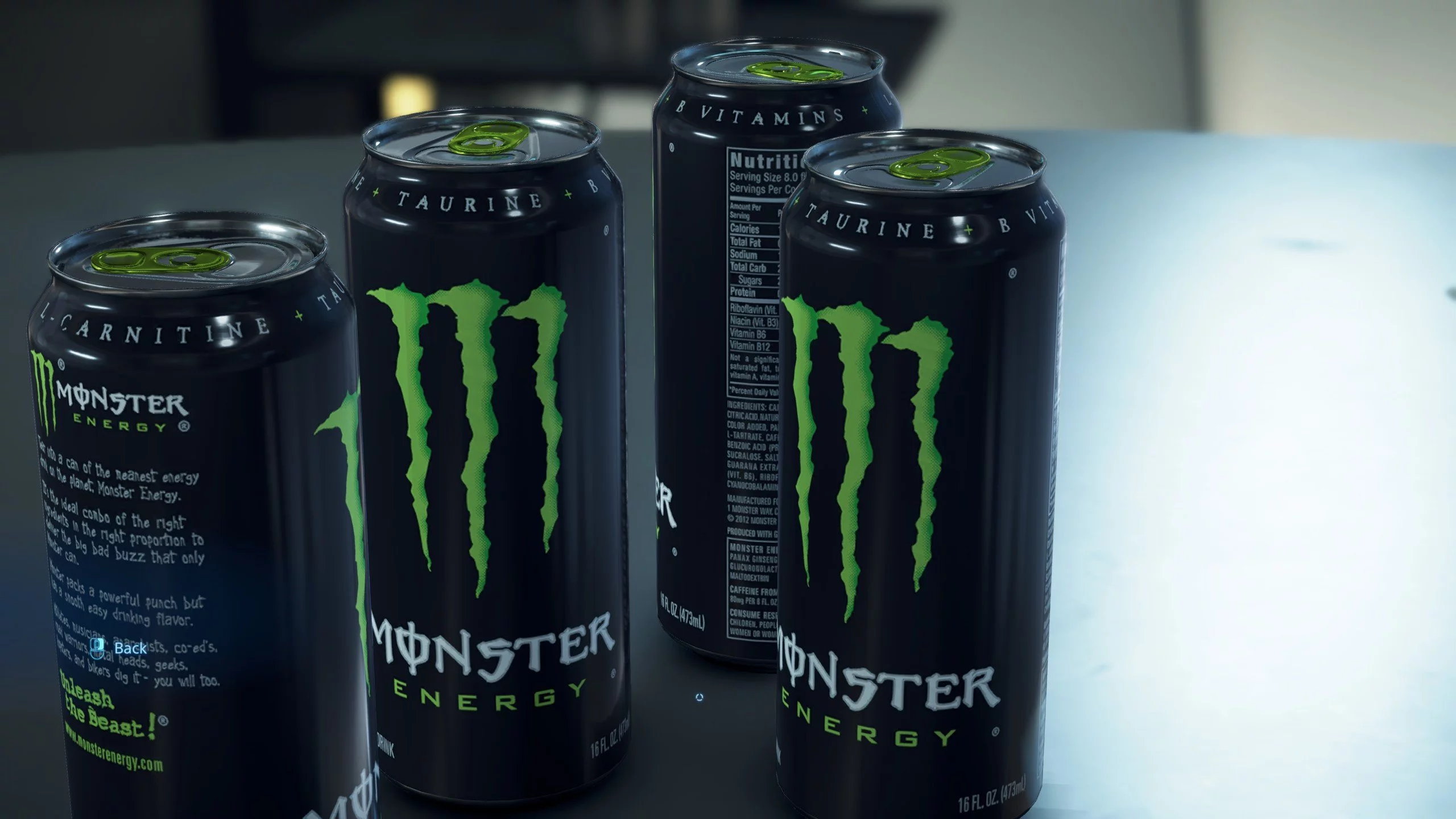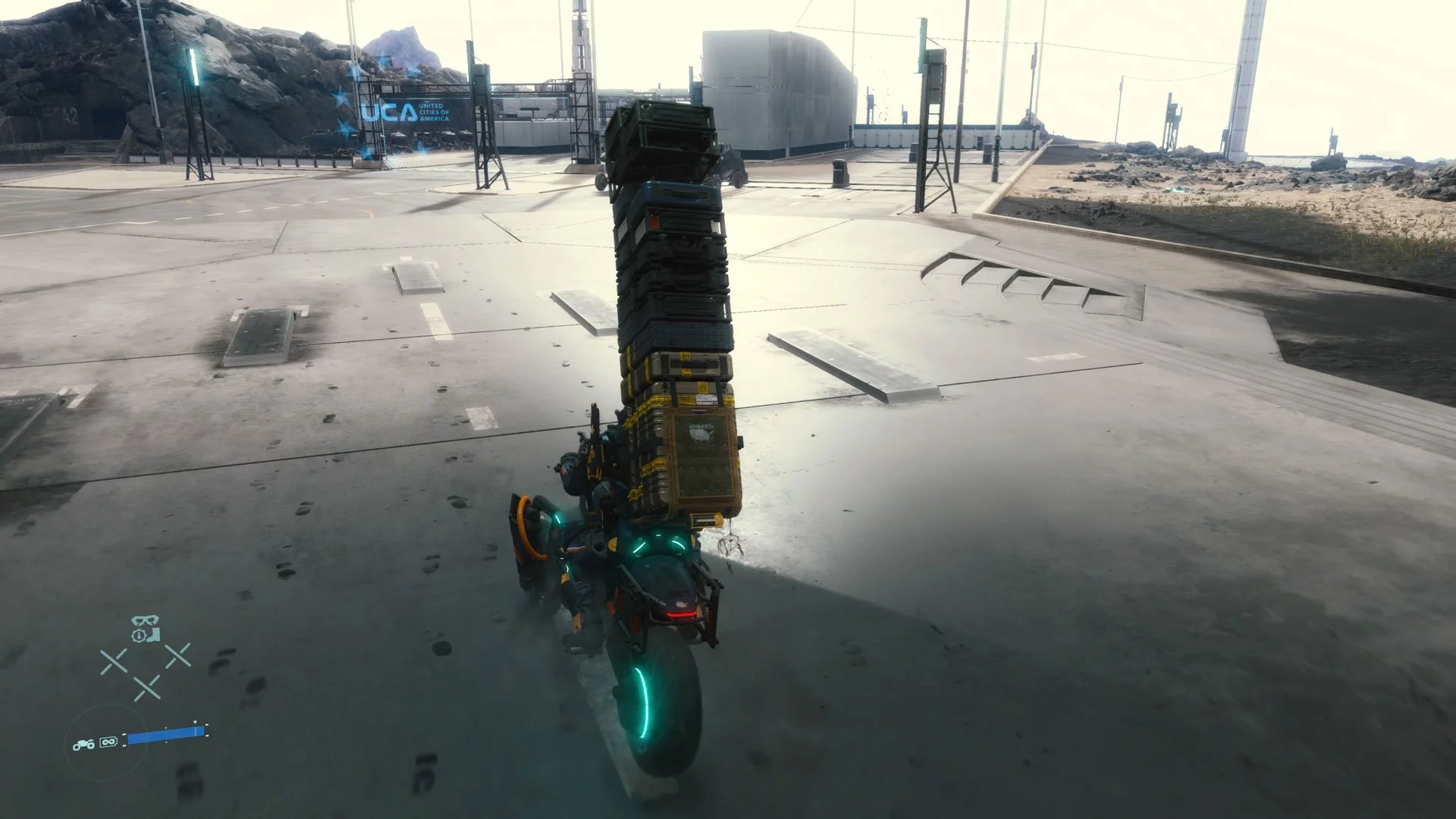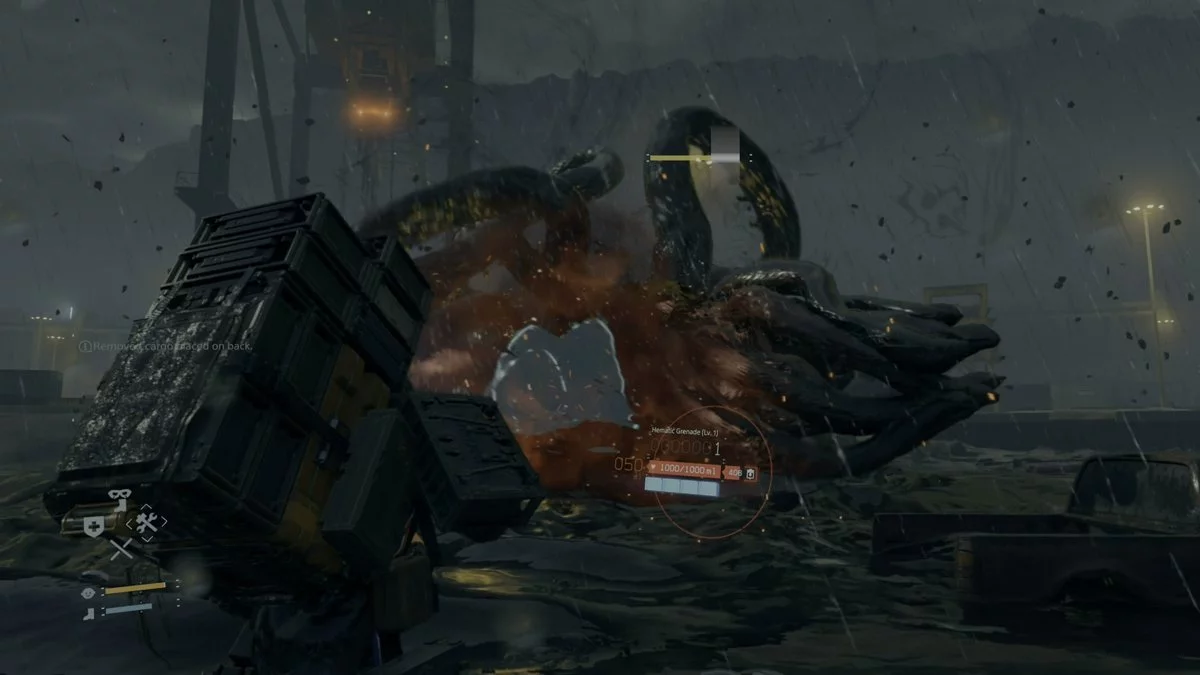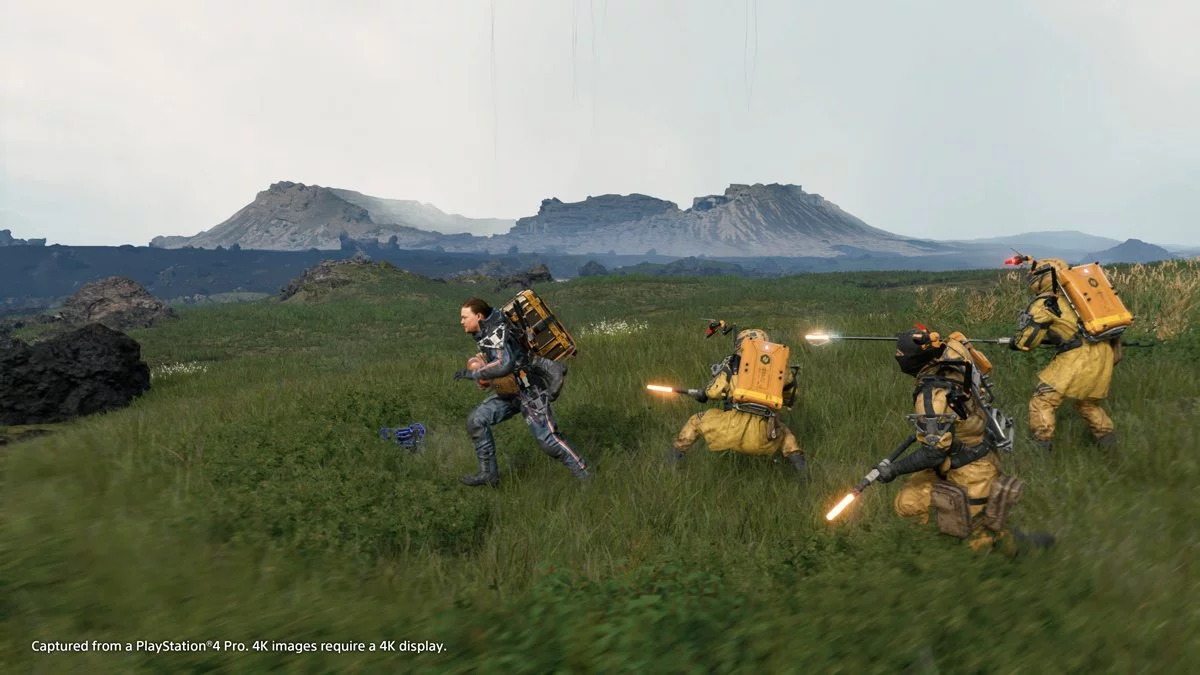Kojima Productions’ Hideo Kojima has asserted he’s created an entirely new genre known as “social strand system” for his first post-Konami title, Death Stranding. Since he struggles to define the genre, we’re happy to help – it’s one in which a developer aims to make a feature film and then realises far too late in the process that they’re developing a game instead… and that it requires actual gameplay. Sadly, what’s been slapped together is frustrating beyond belief, invalidating any enjoyment potentially found within. Let me be clear: Death Stranding is an irredeemable piece of garbage that should serve as a warning to publishers who give developers carte blanche to create “art”.
Death Stranding starts off just as quirkily as any Metal Gear Solid game before it; very early on, you’re asked to enter your date of birth. I did so, indicating I was an Aquarius, and was quickly stopped dead in my tracks by a message that advised other star signs provided an option for better powers. I sat there scratching my head for a solid five minutes wondering if I should restart and lie before setting off into the world of the embattled United Cities of America, a USA weakened by a disconnected people and infrastructure.
“We still have an America worthy of the presidency,” one UCA member lamented. “If we all don’t come together again, humanity will not survive,” said another. This is Kojima thinking he’s woven some amazing allegory about the current state of America. You’ll be beaten over the head with it several times an hour as you sit through cutscene after cutscene with characters telling you as much. It’s about as edgy as the decision to add in what amounts to an in-game currency based on social media Likes.
You play as Sam Porter Bridges, a courier (or Porter) working for a company called Bridges; the kind of organisation that feels the need to plaster its logo on literally everything. If you thought Sam’s name was strange, he’s not out of place — like other characters who could double as Mega Man villains named Deadman and Heartman, the head of Bridges is named Die-Hardman. He’s the right-hand man to the current president – not that a corporation backing a presidency would ever be problematic – and wears a mask that helps to hide a hidden past because Kojima thinks that’s cool as hell.
After sitting through about an hour of expository cutscenes, walking from location to location to kick off the next, I really shouldn’t have been surprised that the actual gameplay to follow would consist of walking from once place to the other. As part of a bid to reconnect Bridges’ facilities with independent prepper headquarters around the country to include them in a larger a Chiral Network, Sam becomes a pack mule. His goal is to connect the network’s nodes together, but that really means he needs to function as an agent of Amazon Prime, delivering whatever someone wants to them as a means of convincing them to join the UCA and fix America. Sometimes, you’ll have to deliver multiple packages to people because why not be stubborn when the fate of the country and your ultimate survival is at stake?
Sam’s long journey will take him from the east to west (and west to east) coast of America; a land dotted with obstacles in the form of BTs, entities of the dead stuck in the land of the living, or humans who are either mercenaries (MULEs) or apocalypse-loving anti-Porters lead by an incel in yet another mask voiced by Troy Baker. Truly, Sam’s biggest opponent is the small rock, an enemy found all around America and far more dangerous than any BT or MULE. Sam has the dexterity of a drunken infant, stumbling over the smallest obstacle and swaying to the left or right with a minimal load placed upon his back. Don’t get me started on what happens after you layer package upon package upon the stack, a tower of wares comically reaching up to the sky.
I can’t stress how boring the core gameplay loop of Death Stranding is, nor how often you’ll be falling over going through its motions. If you’re not falling, you’ll be mashing the L2 and R2 buttons (or both mouse buttons) in order to regain balance or steady yourself after tripping on an ankle-high obstacle. Sam’s got a scanner that will evaluate the lay of the land around you – green means he might not trip for a minute, while yellow and red are going to give him problems. Hardly anything is green.
Hilariously enough, after forty-five or fifty hours of utterly bullsh*t controls, you get to enjoy movement without these hindrances during the game’s credits. Here, Sam is legitimately fun to control, bounding up ledges and jumping like a normal human being. I was going to include a comparison video here, but I’m not permitted to share any media captured after Episode 4. Anyways, after you’ve sworn in frustration over small hills, Kojima decides it’s time to amp it up, offering cliff faces that require ladders or climbing gear to overcome.
While fighting the environment, you’re also dealing with other management systems that impact Sam’s stamina and the quality of his clothing. His boots wear as a result of use, meaning you’ll need to use active Chiral Network nodes to make new pairs; you’ll end up fabricating more boots than Sex and the City’s Carrie has worn in her entire fictional lifetime. You are also able to make other objects like small bridges that will slowly degrade as a result of timefall, rain that speeds up the aging process of anything it touches. You’ll need to lug supplies, like metals and special alloys, over to the objects to restore or upgrade them. If you climb a slope or fight a river current without pausing for rest, you’ll lose stamina. Thankfully though, you can replenish that meter through a canteen of not water, but delicious Monster Energy drink (the first picture’s from PS4 and the highly detailed second one is from PC).
It’s very hard to entertain the idea that Kojima’s piece is high art when it’s happily spruiking Monster Energy drink each time you slide down a cliff face or take a gander at a table in your private room decorated with endless cans of the swill. When Sam takes a sh*t – surprisingly, useful for weaponry (no really) — you’ll be treated to an ad for Norman Reedus’ RIDE on AMC. You can also get a vehicle plastered in RIDE decals too, in case you needed more product placement in your video game.
I’m digressing, so let’s get back to how bad Death Standing’s core mechanics truly are. After a couple hours of wanting to throw Sam off a cliff and end it all – I mean, you can try that, but as a repatriate Sam can’t actually die and instead comes back to life after a strange cutscene in which his BT-detecting Bridge Baby tries to climb out his esophagus – Kojima decides to throw you a bone. You get vehicles. You get cargo skeletons that boost your strength, and even gloves to handle equipment more easily. When things almost become enjoyable and it becomes less of an all-out struggle to move through the UCA and connect the Macguffin-like Chiral Network, Kojima pulls the rug out from under you.
You’re told to scale a mountain, ditching vehicles and your skeleton to trudge through waist-high snow drifts and ridiculously steep cliff faces. Sam then has to backtrack across that mountain a couple times. When you think you’re in the clear, you’re asked to do it once more for good measure, but with a bomb that’ll explode if Sam trips. Newsflash: Sam always trips. Occasionally, you’ll also have to transport bodies both live and dead by strapping them onto your back. I could feel myself outwardly, unconrollably cringing when Sam apologises to the lazy live ones after falling over as if they’re doing him a favour and not the other way around.
With overly long cutscenes and a constant goal to backtrack from where you’ve just came, it takes approximately forty-five hours to finish Death Stranding. The whole way though you’ll actively be sitting with controller in hand thinking Kojima has zero respect for your time. While there is fast travel, you can’t use it to actually transport the goods in Sam’s care; near the end of the game you’re forced to backtrack from one end of the continent back to the other with that functionality stripped from your arsenal. Occasionally, the monotony of Sam’s travels will be broken up by random, illogical curveballs thrown so far from left field that you’ll need to rely on on-screen tooltips (or “Helpful Hints” as they’re called) to help you understand what you’re supposed to be doing. Here’s a helpful hint for you: that’s poor design.
Oh, combat! There’s combat. You can shoot guns or lob grenades at humans or giant inky BT animal-things. You can use stealth too, but it’s honestly faster to just speed away past the MULES or just to get caught by the BTs so you can beat ’em up and move on. While combat feels as if it was ripped straight from Metal Gear Solid and is as polished as visuals delivered through the Decima game engine, don’t get too excited; you’ll hardly be fighting.
While Kojima undeniably needed to be reined in all throughout this entire spectacle, there are some decent ideas and beats scattered throughout Death Stranding. The world is utterly gorgeous, even though there’s hardly any diversity in design — there’s only one large and one small facility type and just three biomes to be explored: lush and green, brown and rocky, and finally, snowy and mountainous. Equally to his credit, Kojima has assembled a cast that brings his largely one-dimensional characters to life.
While the notion of connecting America gets old quickly – especially because you’re playing through Courier Simulator 2019 (or 2020 on PC) mixed with the arduousness of climbing the initial towers of Assassin’s Creed (and AC franchise creator Patrice Desilets has just apologised for that design, by the way), Death Stranding has this wonderful functionality that lets you build structures in your world and have them accessible by other players in their own. This concept truly is the core of the “strand” genre that Kojima thinks he’s created and I’m all for it… though I wish there was a cap on useless thumbs-up signs that fellow players could throw in my path.
Stranding is useful when it comes to actual structures. I started to build a paved road between two delivery locations and marvelled as fellow reviewers added to it, making it easier to move between the two centres, or Knots (this was obviously before the mountain from hell). As time wore on high upon said hellish landscape, players began to work together by building a connection of ziplines that meant the difference between a five or a fifteen-minute total transport time (though don’t get too excited as Kojima in his infinite wisdom decided to put sections of terrain in where helpful objects like this simply can’t be built, meaning on-foot you’ll go). This notion of connection and working together truly is brilliant but is repeatedly overshadowed by the likes of Deadman and Heartman insisting that working together will not only save America, but everyone within it. Show, Kojima – don’t tell.
Death Standing‘s story – the one thing I thought might have been able to salvage things when fully played out – is passable at best. It establishes rules that it quickly discards: dead bodies become BTs, except when they don’t; timefall is rain that can instantly age a crow to decomposition but will only age a man to around 65 even though he’s continually exposed (and that same timefall can deteriorate vehicles and containers but your clothing’s somehow immune). A handful of big reveals are simply absurd and don’t make up for the fact that you’ve spent far too long smashing on your shoulder buttons to stay upright.
The problem with Death Stranding is that Hideo Kojima has become wholly self-indulgent, making something I’m sure he considers a masterpiece. Death Stranding is anything but, with its head so far up its own ass it’s almost funny. It has four title cards in total, popping up as you play, and will roll two complete sets of credits before you’ve finished. It goes on and on and on, thinking — falsely — that you’re enthralled in what’s occuring. If this is the type of project that Kojima insists to make, I suggest he move from games to TV shows or feature films. Being weird for the sake of weirdness isn’t enough — while Kojima hopes to hit the same level of work as David Lynch or Sam Lake (if we want to keep it in the same industry) he falls very short. Even if Death Stranding’s narrative was good — and it’s not — a game needs to have actual gameplay. What you find within is abysmal; frustrating, tedious and beyond repair — even with the addition of DLSS on PC. It is to be avoided at all costs.
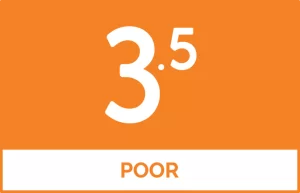 |
|
The good
|
The bad
|
Death Stranding was reviewed using a promotional code on PS4 Pro and Windows PC via Steam, as provided by the publisher. Click here to learn more about Stevivor’s scoring scale.
This article may contain affiliate links, meaning we could earn a small commission if you click-through and make a purchase. Stevivor is an independent outlet and our journalism is in no way influenced by any advertiser or commercial initiative.


